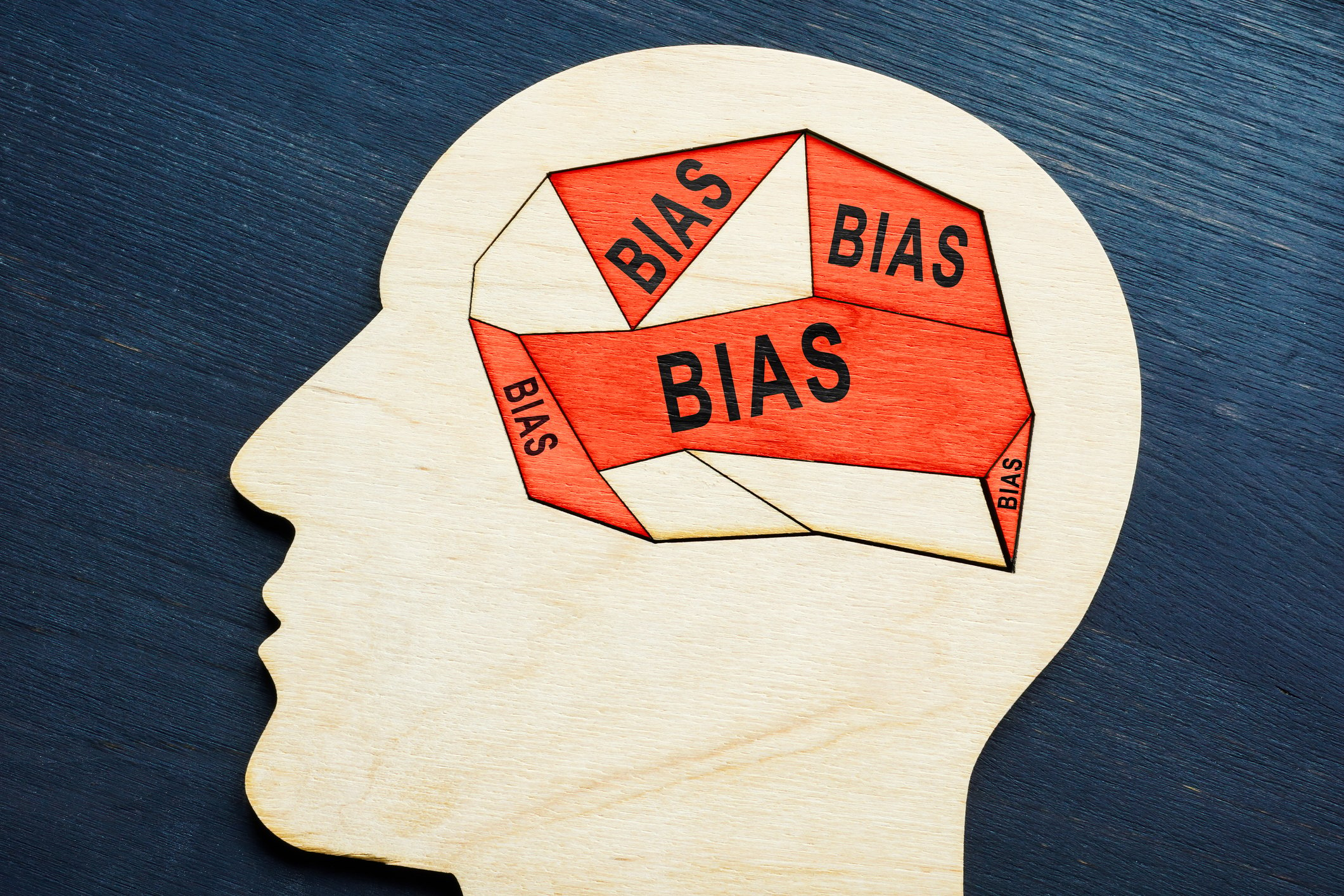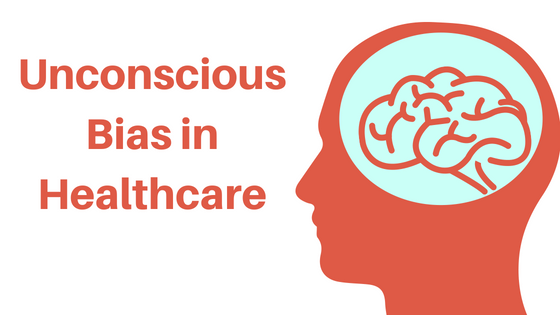When you first meet someone, do you automatically judge that person based upon their weight, skin color, clothing, piercings, hairstyle, disability, speech, etc? Many people automatically infer a stereotype based on someone’s appearance. This is known as unconscious bias.
Recognizing and addressing biases is not only crucial for Nurses to uphold the highest standards of care, but it's also a moral necessity in providing equitable and compassionate treatment to every patient. With commitment to self-reflection and continuous growth, Nurses can truly embody the principles of empathy and understanding in their practice.
According to Project Implicit, "Implicit bias is an automatic reaction we have towards other people. These attitudes and stereotypes can negatively impact our understanding, actions, and decision-making."
Here are several approaches Nurses can take to evaluate their biases:
Practicing Reflection
Engaging in reflective practice is a powerful tool for Nurses to delve deep into their thoughts, emotions, and actions during patient interactions, especially with individuals from diverse backgrounds. By taking the time to step into the shoes of their patients and see the world from their perspective, Nurses can gain valuable insights into their own biases and prejudices. Picturing themselves in the patients' situations allows Nurses to foster empathy, understanding, and a heightened awareness of how their biases may influence the care they provide. This introspective practice not only promotes self-awareness but also cultivates a more compassionate and equitable approach to patient care.
Implicit Bias Tests
Taking implicit bias tests, such as the Implicit Association Test (IAT), is a valuable step for Nurses to uncover unconscious biases that may unknowingly influence their patient care. These online tests, like those offered by platforms such as Project Implicit, provide a glimpse into the subtle biases that can impact healthcare interactions. By shedding light on these hidden prejudices, Nurses can actively work towards addressing and mitigating them, ultimately fostering a more inclusive and equitable healthcare environment for all patients.
Feedback from Colleagues and Patients
Seeking feedback from colleagues and patients is an essential aspect of self-reflection. By seeking input from those around them, Nurses can gain valuable insights into their communication styles and interactions. Colleagues can offer a different perspective on how biases may manifest in their behavior, while patients can provide direct feedback on their experiences during care. This feedback loop allows Nurses to continuously evaluate and adjust their approach, ultimately leading to a more empathetic and unbiased practice. By fostering open communication and a willingness to listen, Nurses can create a supportive environment that encourages personal growth and professional development.
Cultural Competency Training
Participating in cultural competency training programs can help Nurses become more aware of their biases and develop strategies for addressing them. These training programs offer valuable insights into different cultural practices, beliefs, and norms, allowing Nurses to better understand and respect the unique perspectives of each patient. Additionally, these programs provide practical tools and techniques for navigating cross-cultural communication challenges. Embracing cultural competency training not only benefits patients but also enriches the professional growth and development of Nurses.
Journaling
Keeping a journal of patient interactions and reflecting on them regularly can be a powerful tool for Nurses to gain deeper insights into their own biases and assumptions. By documenting their experiences and emotions during patient care, Nurses can pinpoint any recurring patterns of biased behavior that may be impacting their practice. This self-reflection allows Nurses to not only recognize their biases but also actively work towards addressing and overcoming them.
Seeking Diversity in Education and Experience
By actively seeking out opportunities to learn from and work with individuals from diverse backgrounds, Nurses can not only challenge their biases but also expand their perspectives in profound ways. Immersing themselves in a multicultural environment allows Nurses to gain a deeper understanding of different cultures, beliefs, and traditions, fostering a sense of empathy and appreciation for the unique experiences of each patient.
Mindfulness Practices
Engaging in mindfulness practices, such as meditation or deep breathing exercises, can help Nurses become more aware of their thoughts and emotions in the moment, making it easier to recognize and address biases as they arise. By incorporating mindfulness into their daily routine, Nurses can cultivate a sense of inner peace and clarity allowing them to approach patient interactions with a clear and unbiased mindset. Through mindfulness, Nurses can develop a heightened sense of self-awareness, enabling them to identify any negative thought patterns or biases influencing their behavior.
Using Bias Checklist
Utilizing bias checklists or prompts during patient interactions can serve as a valuable tool for Nurses to actively assess and address any unconscious biases. By incorporating these checklists into their daily practice, Nurses can create a structured framework for self-reflection, allowing them to consciously evaluate their thoughts, emotions, and behaviors for any signs of bias. This proactive approach enables Nurses to identify and challenge any preconceived notions or stereotypes influencing their patient care.


 As the U.S. population becomes more racially and culturally diverse, having a workforce that mirrors the diversity of your community can improve the quality of care offered at your facility.
As the U.S. population becomes more racially and culturally diverse, having a workforce that mirrors the diversity of your community can improve the quality of care offered at your facility.
 The Nursing profession has long emphasized its commitment to social justice and health equity. Nurses are known for advocating policies and regulations that are inclusive and lead to positive patient outcomes. However, an essential component of promoting health equity is acknowledging individual unconscious biases and understanding how they may impact the care that's provided.
The Nursing profession has long emphasized its commitment to social justice and health equity. Nurses are known for advocating policies and regulations that are inclusive and lead to positive patient outcomes. However, an essential component of promoting health equity is acknowledging individual unconscious biases and understanding how they may impact the care that's provided.